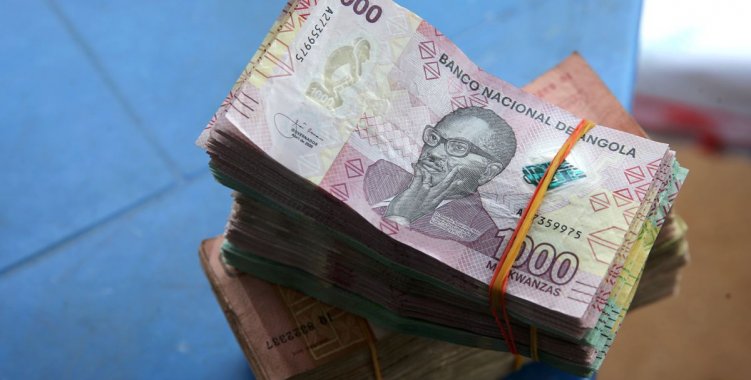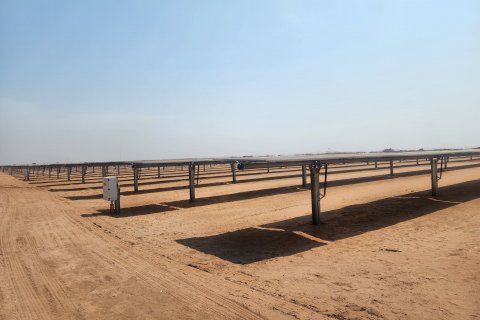"We expect Angola's government debt will continue to fall to 64 percent of GDP by 2025, after peaking at 131 percent in 2020; the decline in debt depends on favorable oil prices, which should prevent a devaluation. currency trend," analysts say.
According to a report on Angola's debt, entitled 'Deep dive into debt', sent to investors and to which Lusa had access, this financial rating agency, which at the beginning of February improved the rating of CCC+ to B-, with a stable evolution perspective, warns that the debt is still high.
"Angola's debt levels are high", they say, noting, even so, that "almost 40 percent of the debt was on concessional terms [below commercial interest rates] to bilateral and multilateral creditors", namely Chinese.
"Angola relies heavily on Chinese loans, which make up around 40 percent of its external debt and nearly 30 percent of the total debt recorded at the end of 2021," analysts say in the report.
The financial rating agency Standard & Poor's upgraded Angola's rating to B- on 4 February, predicting that the economy had already emerged from recession last year, growing by 0.2 percent, and accelerating to 2,3 percent this year.
"The government's reform program, higher oil prices, and debt relief from some official creditors are reducing immediate liquidity risks; we expect the economic recovery and a smaller currency depreciation between 2018 and 2020 to sustain a continued decline in the level of debt, so we improved Angola's 'rating' from CCC+ to B-", reads a note from Standard & Poor's sent to Lusa.
In the note, S&P explains that it attributes a perspective of stable evolution to the assessment of credit quality, balancing "the still large external financing needs and the associated risks, with the gradual fall in government debt levels until 2025".
The rise in Angola's rating comes a week after Fitch Ratings also raised its opinion on the quality of Angolan credit, and on the same day that Fitch Ratings raised its assessment of Banco Angolano de Investimento, as a result of the improvement of credit on the country where the bank operates, as a bank cannot have a better rating than the country where it is located.
In the debt report, dated this Monday, S&P says that "Angola's rating is constrained by the high debt service requirements that will increase sharply from 2023, when the restructuring agreements with two important Chinese banks run out and payments begin again".
According to this rating agency, Angola will have to pay more than US$6 billion in debt and payments per year, representing between 5 and 6 percent of GDP between 2023 and 2025.
"Our current view is that funding sources and foreign reserves are sufficient to mitigate immediate liquidity risks, but if global interest rates rise, this could affect investor sentiment and increase borrowing costs for Angola", they warn.
Last week, the Ministry of Finance presented the indebtedness plan, which provides for a return to the debt markets this quarter, for an indicative value of 2.8 billion dollars, around 2.4 billion euros at the exchange rate. current.







